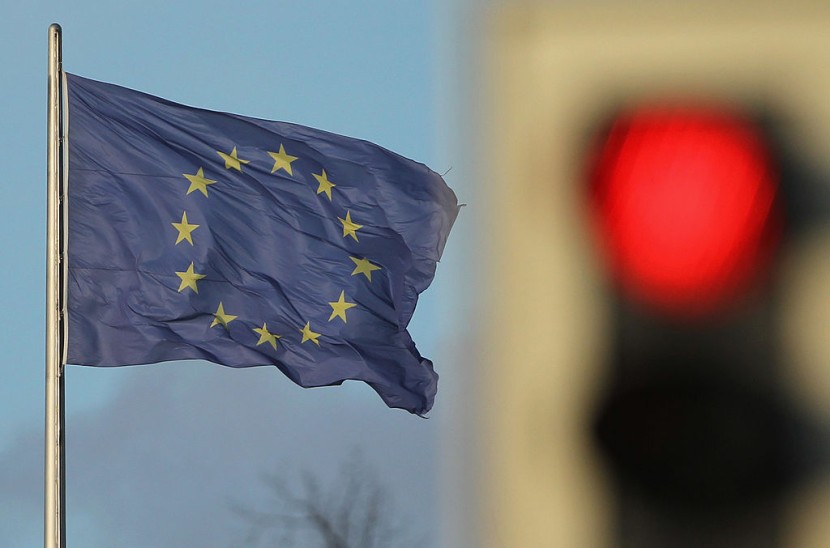On Thursday, U.S. President Joe Biden announced an extension of the suspension of tariffs on European Union steel and aluminum for two years to spur ongoing negotiations meant to address overcapacity and low-carbon production.

The United States began suspending import tariffs of 25% on steel and 10% on aluminum produced by the European Union in January 2022.
This canceled out tariffs imposed by former President Donald Trump based on a tariff rate quota system. The TRQ system is a two-tiered system that combines import quotas and tariffs to regulate certain imported products.
In retaliation for the Trump tariffs, the EU imposed tariffs on many American-made goods, such as motorcycles, whiskey, and other products. However, those tariffs were suspended until 2025, according to Reuters.
The United States and European Union were looking to reach an agreement on measures to address excess metal production capacity in so-called non-market economies, like China, and to promote greener steel.
The TRQ allows for up to 3.3 million metric tons of EU steel and 384,000 tons of aluminum into the United States without tariffs, which coincides with past trade levels. However, tariffs still apply to higher amounts.
The new exemption applies through December 31, 2025. However, tariff rates remain the same for some non-EU countries.
© 2025 HNGN, All rights reserved. Do not reproduce without permission.








